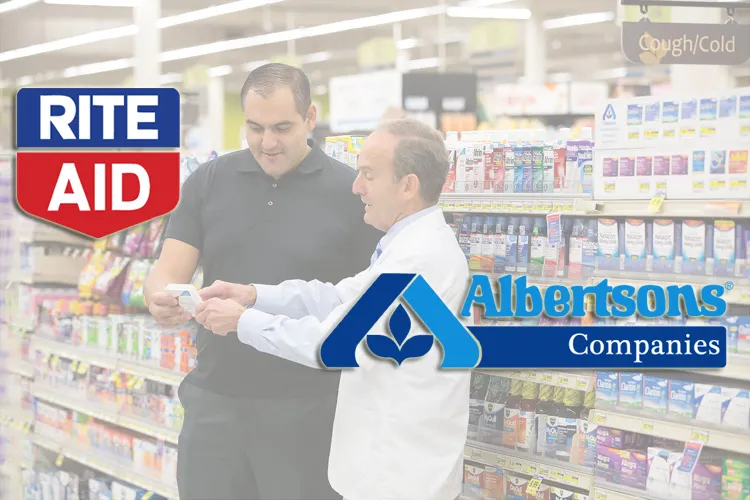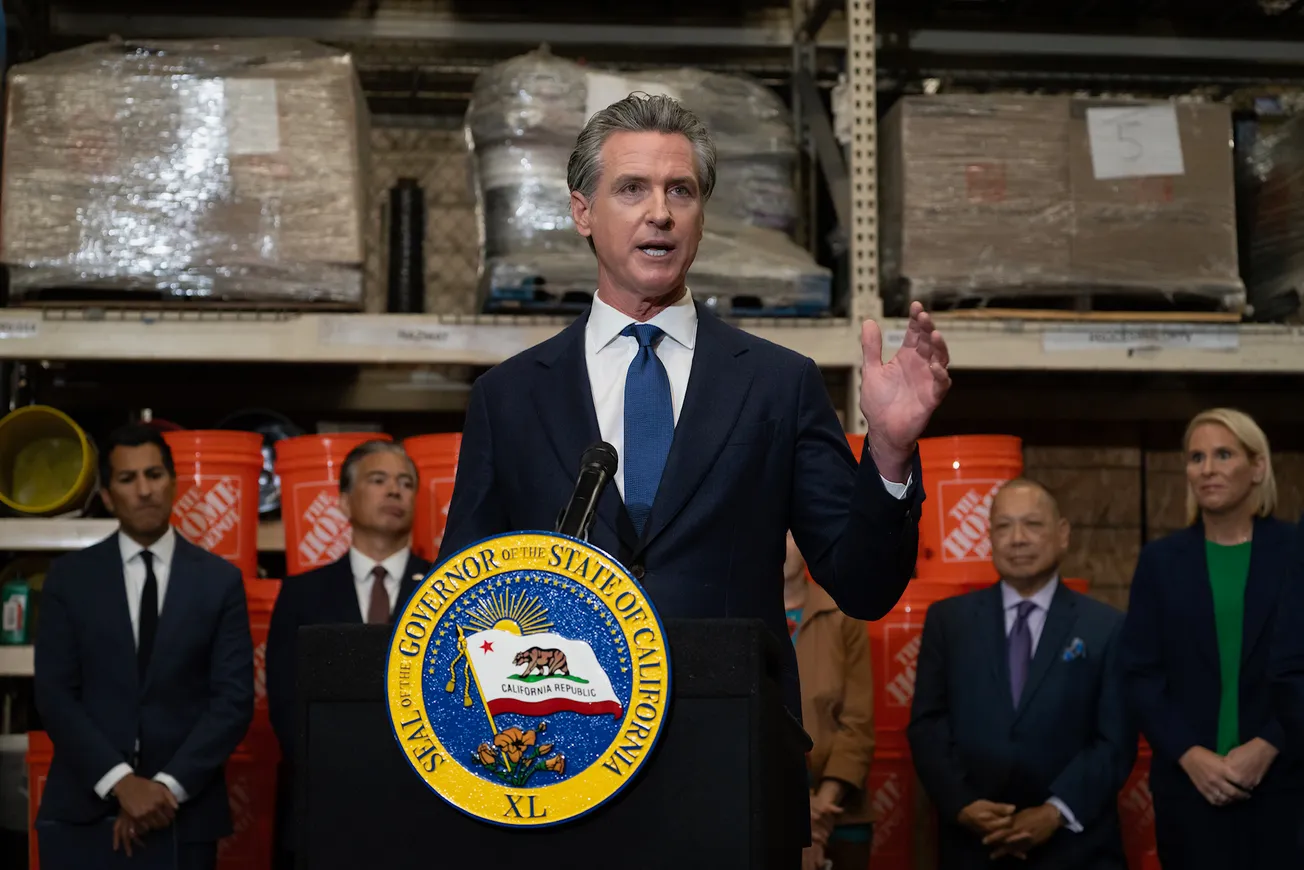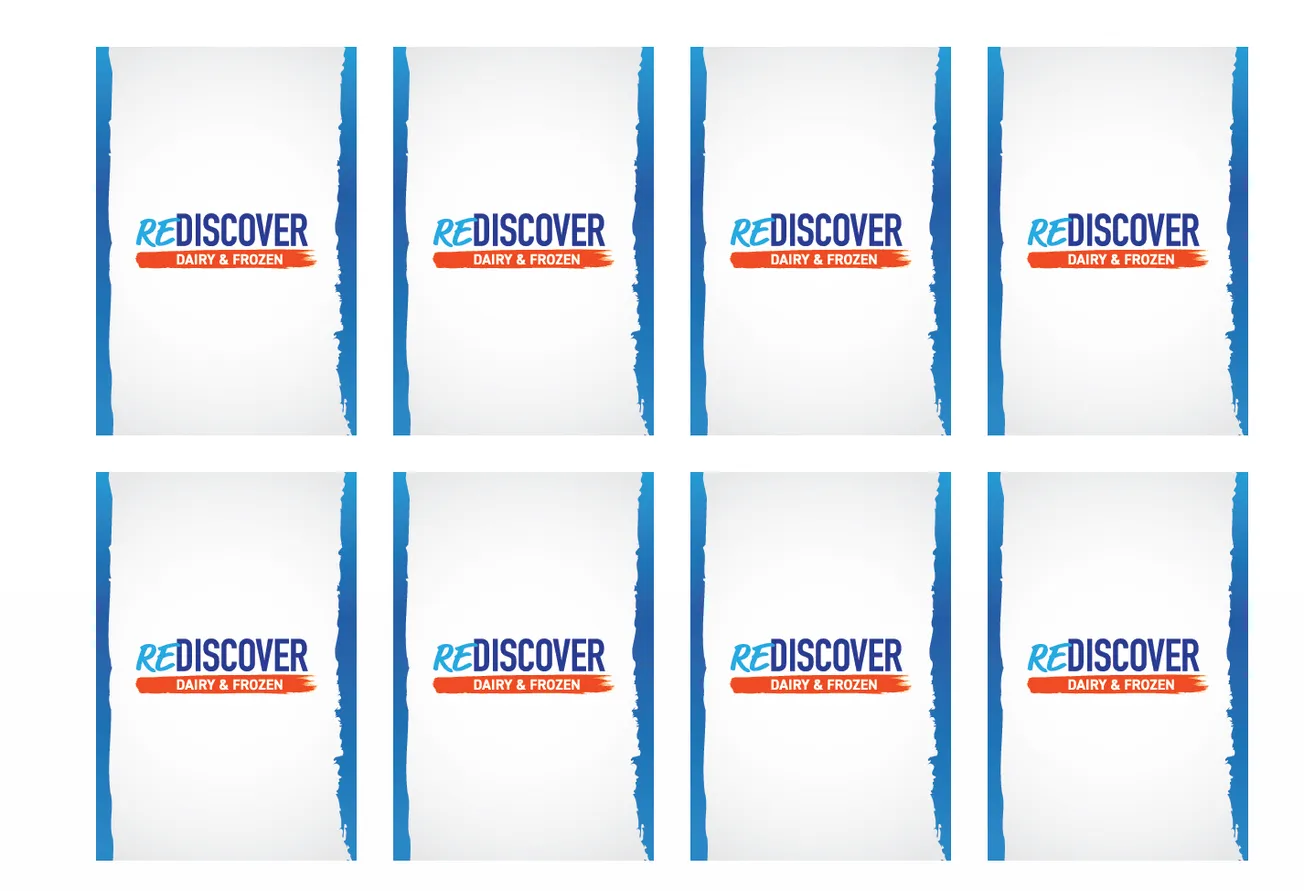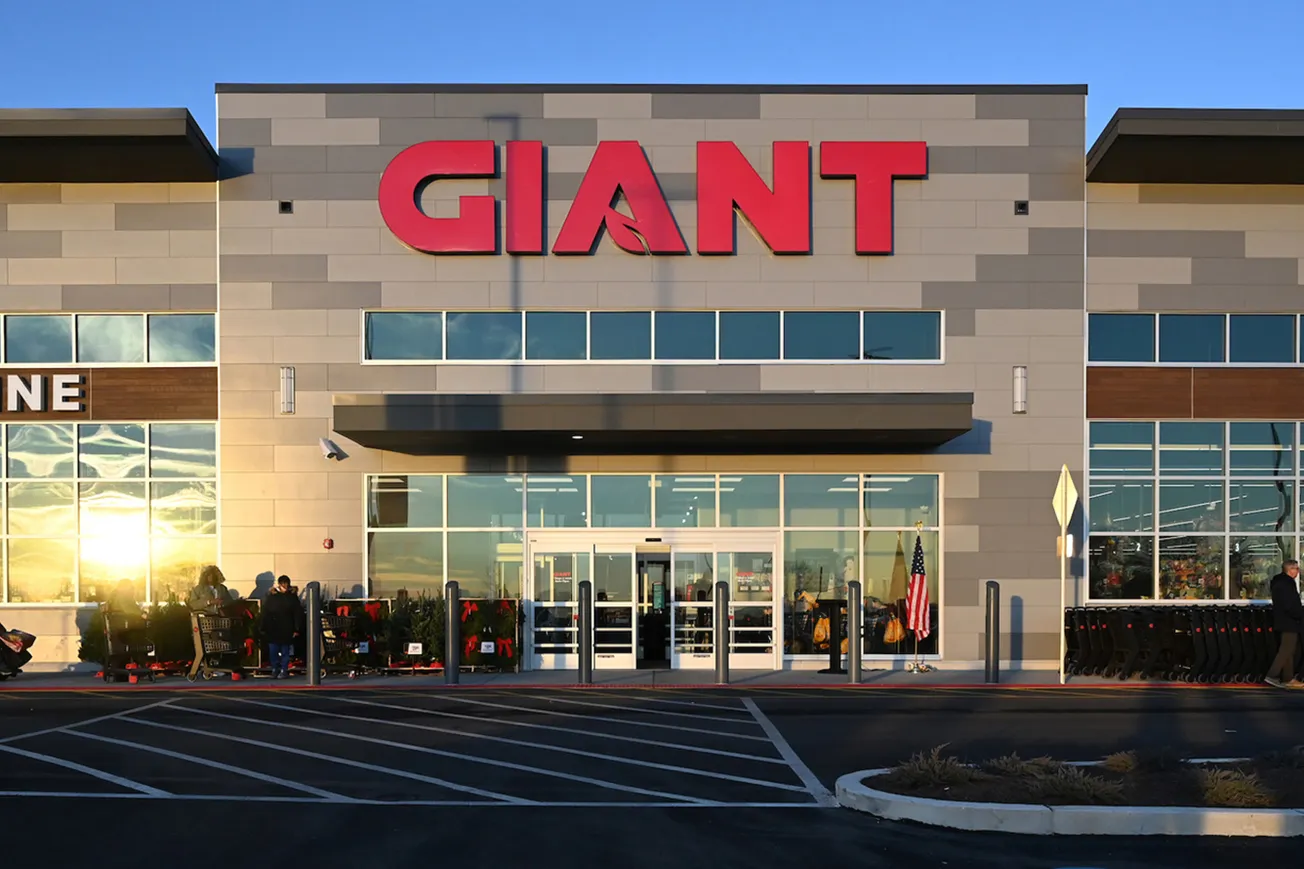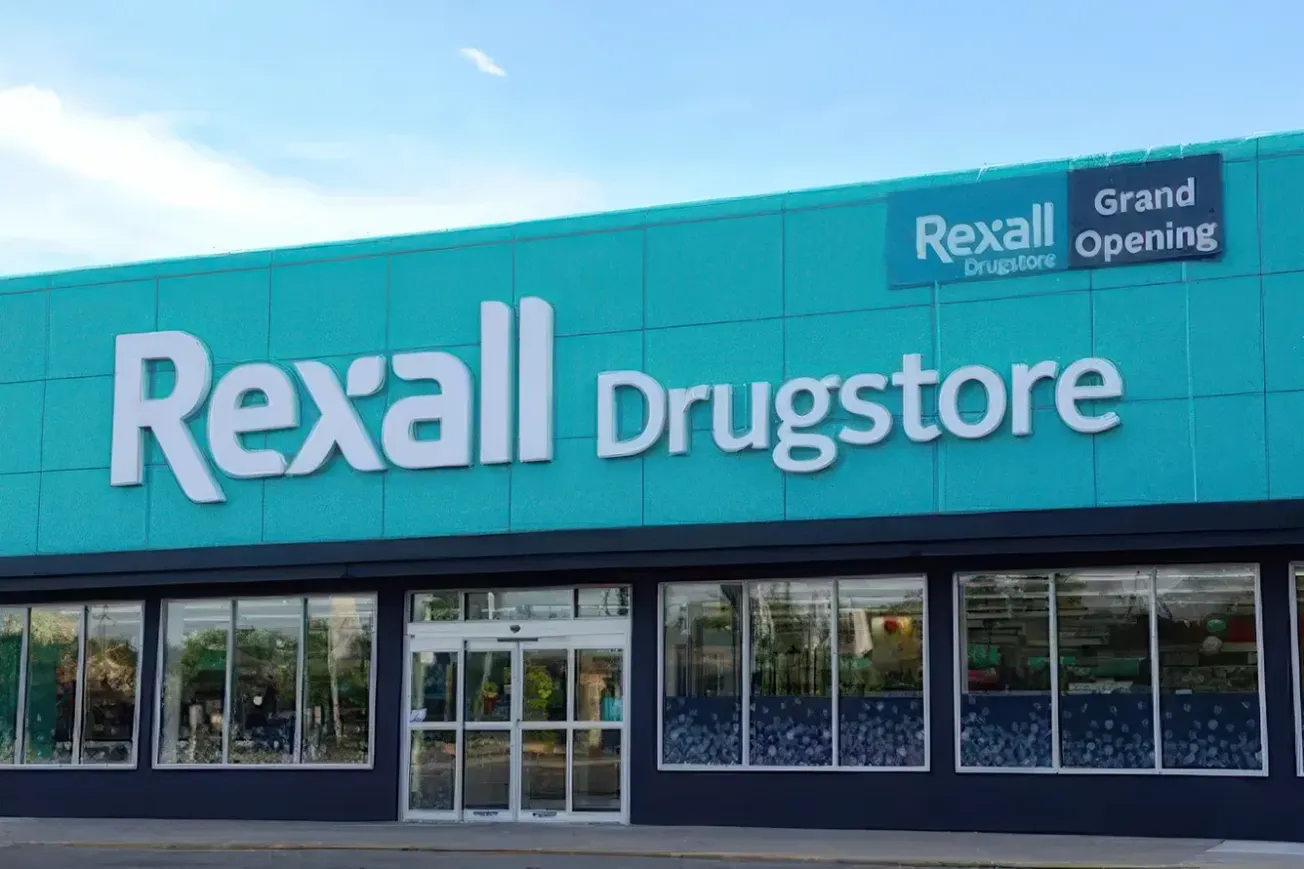Table of Contents
The pending merger between Albertsons Cos. and Rite Aid, which was announced late last month after extensive negotiations, represents a major milestone for the companies involved and a potentially decisive turning point in the ongoing, if sometimes sporadic, effort by mass market retailers to more closely align nutrition, health and wellness in order to better meet the needs customers. If all goes according to plan, the amalgamation of the nation’s second-largest operator of traditional supermarkets and food/drug combination stores and the third-biggest drug chain will result in a new retail paradigm, one that will compete with other innovative models intended to, among other things, help address issues of access, quality and cost in health care.
 For Albertsons, the deal, which will see Rite Aid shareholders receive either Albertsons stock or a combination of stock and cash, is the culmination of a remarkable rise over the span of little more than a decade. Beginning with the unwanted remnants of Albertson’s Inc. in 2006, chairman and chief executive officer Bob Miller and his team built Albertsons Cos. into a retail powerhouse through a series of skillful acquisitions and divestitures. With the addition of Rite Aid — which will be the as-yet-unnamed company’s pharmacy banner within most of Albertsons Cos.’ locations, as well as Rite Aid’s freestanding drug stores — the retailer will operate some 4,900 outlets, 4,350 prescription counters and 320 walk-in clinics in 38 states and the nation’s capital. On a pro forma basis, the new entity will have $83 billion in revenue and $3.7 billion in EBITDA, including expected synergy savings.
For Albertsons, the deal, which will see Rite Aid shareholders receive either Albertsons stock or a combination of stock and cash, is the culmination of a remarkable rise over the span of little more than a decade. Beginning with the unwanted remnants of Albertson’s Inc. in 2006, chairman and chief executive officer Bob Miller and his team built Albertsons Cos. into a retail powerhouse through a series of skillful acquisitions and divestitures. With the addition of Rite Aid — which will be the as-yet-unnamed company’s pharmacy banner within most of Albertsons Cos.’ locations, as well as Rite Aid’s freestanding drug stores — the retailer will operate some 4,900 outlets, 4,350 prescription counters and 320 walk-in clinics in 38 states and the nation’s capital. On a pro forma basis, the new entity will have $83 billion in revenue and $3.7 billion in EBITDA, including expected synergy savings.
While allowing Albertsons to sustain its upward trajectory, the merger enables Rite Aid to regain momentum lost during Walgreens Boots Alliance’s protracted attempt to acquire the drug chain. After federal regulators derailed the bid to buy the retailer in its entirety, Rite Aid last June agreed to sell to WBA 2,186 stores and related assets, reducing the size of the chain by about half. The smaller scale would have made it more difficult for Rite Aid to secure inclusion in restricted pharmacy networks and weaken its position in negotiations with CPG suppliers. By teaming up with Albertsons, Rite Aid has done away with those challenges. With particular strength on the West Coast and in the Northeast, the combined company will serve more than 40 million customers each week and rank among the top food and drug retailers in most of the major markets where it has a presence.
For Miller and Rite Aid chairman and chief executive officer John Standley (the former will be chairman of the merged company, with the latter serving as CEO), the deal, in one sense, brings them full circle. Miller is credited with saving Rite Aid from bankruptcy when he was asked to run the chain in the late 1990s, and one of the people he recruited to help him was Standley. The long-standing relationship between the two executives, as well as other members of the new management team, make them especially well positioned to extend Albertsons Cos.’ record of integrating assets efficiently and effectively. As Miller noted during a conference call following the merger announcement, “We’ve all know each other for many years, and we know how to work well together.”
In addition to leveraging the company’s enhanced geographic footprint, management will focus on utilizing the full range of health and wellness capabilities to drive growth with new and existing pharmacy customers (who already spend much more at Albertsons than nonpharmacy shoppers); harnessing the power of integrated loyalty programs and data analytics to fuel sales; combining own brand portfolios; and improving omnichannel capabilities to serve consumers when, where and how they choose to shop. In addition, the executives expect to achieve cost savings of $375 million over three years and tap into annual revenue opportunities of $3.6 billion.
There are ample grounds for thinking the combination of Albertsons and Rite Aid will be greater than the sum of its parts, but the element that most bears watching is how effectively the company combines health and wellness with nutrition.
“We touched on some of the different things we can do by bringing together the capabilities of both companies,” Standley noted. “A great example of that is Plated [Albertsons’ meal kit service, which is also likely to be available at Rite Aid stores]. So if you think about how we manage disease states over at Rite Aid from a clinical perspective and at Albertsons pharmacies, and the ability to start to talk about nutrition as part of that interaction, and have capabilities to bring to bear to help those patients, it is very powerful. Partnerships will be a part of it. We definitely want to be integrated and partnered in health care as we go forward.
“Our opportunity to help people bring health care to life in terms of how we work directly with patients at our pharmacies and in our supermarkets could be very differentiating for us. That’s really a lot about where we’re going.”
The emergence of a company with a commitment to that vision and stores from coast to coast will go a long way toward making the link between what people eat and the state of their health top of mind, and contribute to productive competition among retailers as they work to develop new ways to help keep the people they serve healthy.


